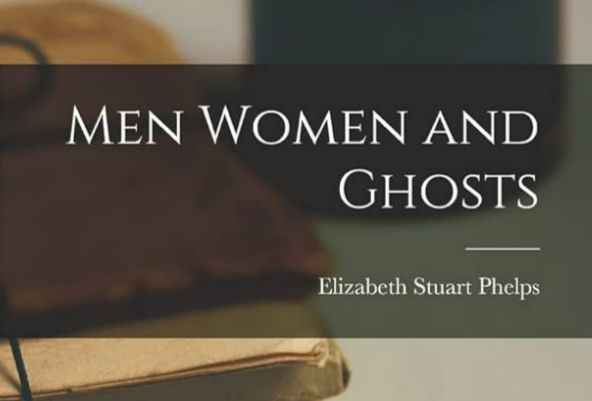The Cross-Roads
byIn this chapter titled The Cross-Roads, the story opens with a silent fracture, one that grows steadily between Charlotta and her husband, Herr Altgelt. His devotion to music becomes an escape from the quiet turmoil within their home, each note pulled from his violin carving out more space between them. Charlotta, once content in his presence, now feels invisible—her feelings reduced to background noise as he retreats into the structure of his compositions. Her locket, once cherished, now tightens in her hand like a clenched thought, anchoring her to a connection she can no longer feel. Frustration brews beneath her restraint until, in a sudden moment of desperation, she smashes the violin—an act of betrayal that mirrors how neglected she has come to feel. The sharp crack of splintered wood is more than anger; it is the cry of a woman erased within her own home, seeking to be seen through destruction when affection fails.
That fracture becomes final in the chapter’s next breath, where suicide arrives not with noise, but with silence and permanence. The narrative does not sensationalize the act—it places it gently into the wind and earth, where the body is lowered, and grief follows. The wind “howls” as though mourning itself has taken shape in nature, and the burial feels more like an exile than a rite. No prayers are spoken over the grave. The weight of judgment lingers, not from divine realms, but from those left behind, too unsure how to mourn a life ended by choice. In this portrayal, the chapter refuses to soften the pain or provide comfort. It merely presents the stillness left in the wake of despair, a silence deeper than any pause in music or marriage. Through it, we sense not only death but the ache of what could not be spoken in life.
The scene shifts to an older, darker tradition—a corpse, nailed into the earth to prevent its wandering. Here, ritual and myth blur into horror as the physical becomes grotesquely symbolic. The body, pinned beneath the soil with iron stakes, begins its long return to earth. The flesh peels, the bones settle, and the seasons turn without mercy. Above the grave, a woman appears—her figure pale, unnamed, and timeless—suggesting a love story lost to memory. Her visits, silent and sorrowful, echo the guilt and longing that cling to the living far longer than any formal mourning. Nature takes the body back, yet the spirit of what was left unresolved lingers like a cold breath across the grass. It is not terror that fills these pages, but tragedy—the kind that no ritual can pin down.
Over time, the body beneath the cross-roads decomposes into fragments, with only bone remaining, curled tightly around the final iron nail. This image becomes a stark metaphor for memory held fast by pain, and for the futility of trying to bury consequence with tradition. The grave becomes part of the earth, but the story refuses to be buried. Its presence hums under the surface of every path that crosses above. People pass unaware, yet something remains unsettled, as if the stake holds not the dead but the lingering weight of their unfinished stories. The natural world does not protest; it simply continues, indifferent yet observant, wearing away the traces of both body and burden.
The Cross-Roads ultimately blends domestic grief, cultural superstition, and gothic imagery to craft a meditation on the spaces we cannot escape—marriage, memory, and mortality. The emotional unraveling of Charlotta parallels the physical decay of the corpse, both narratives rooted in the pain of absence and the silence of disconnection. Through intimate sorrow and ritual horror, the chapter reflects on what endures after death: not breath, but echoes—of love, of loss, of what was never spoken aloud. The cross-roads become not just a burial site, but a metaphor for the decisions that define us, and the haunting weight of the paths we never choose to take.

